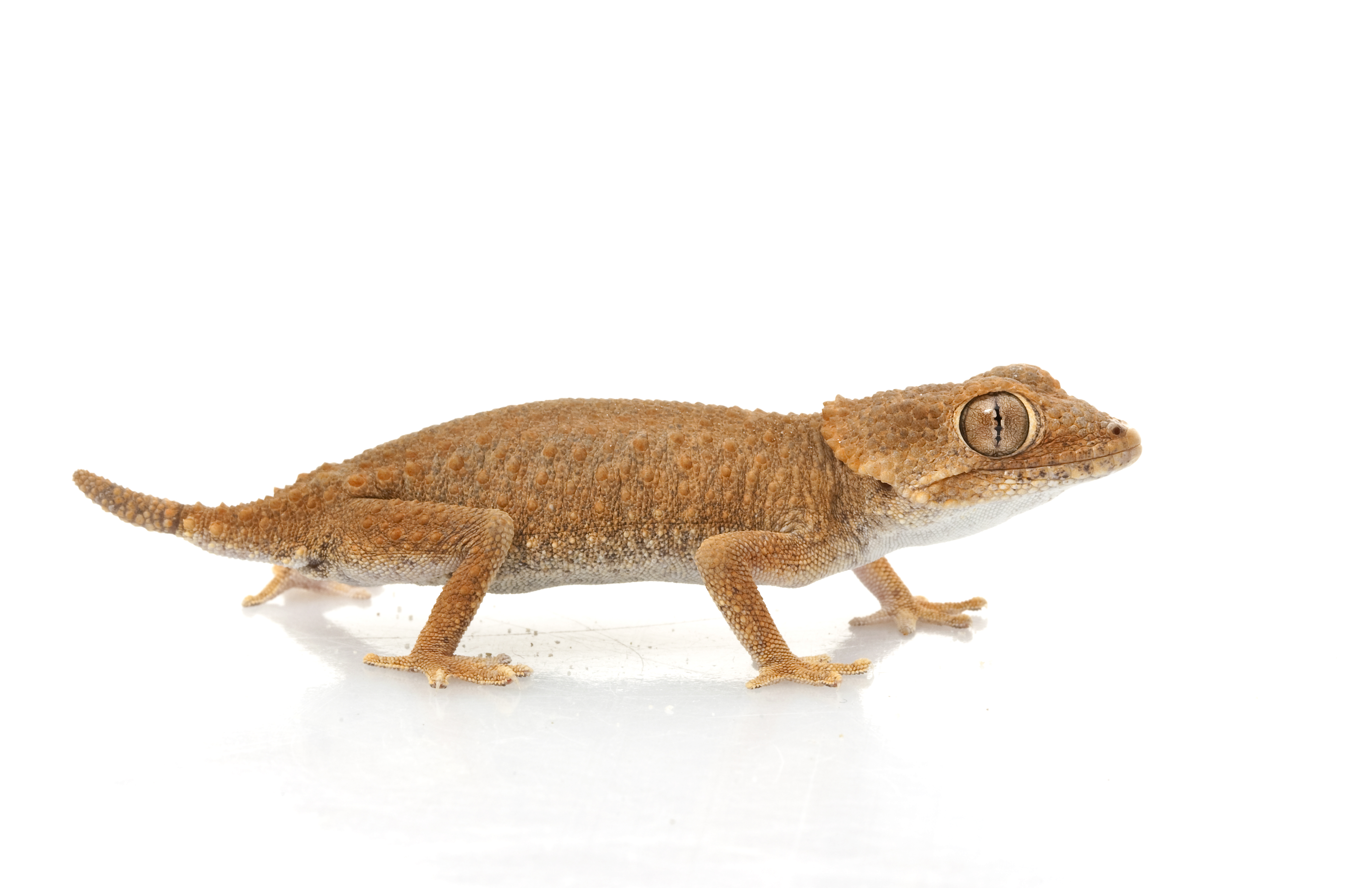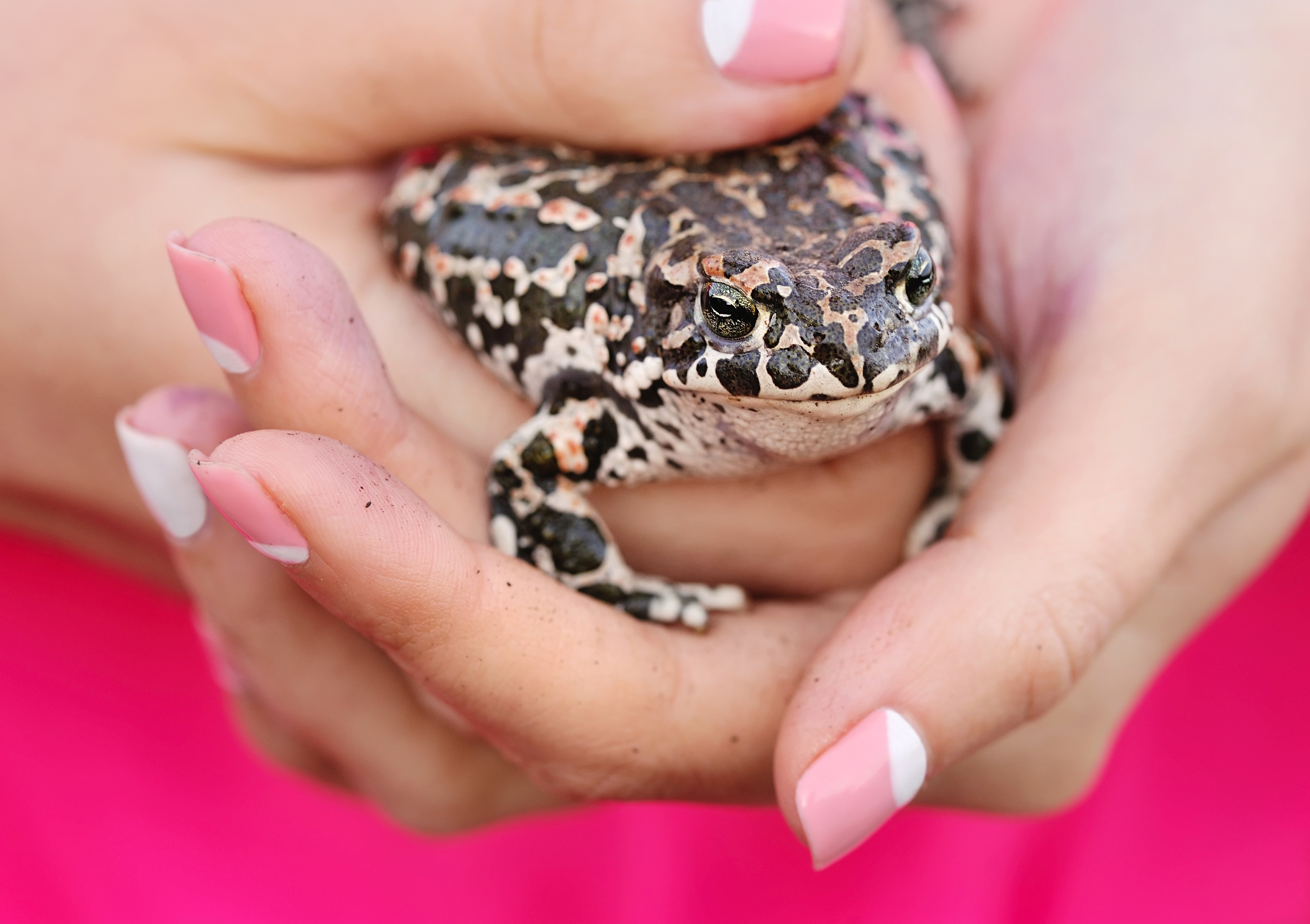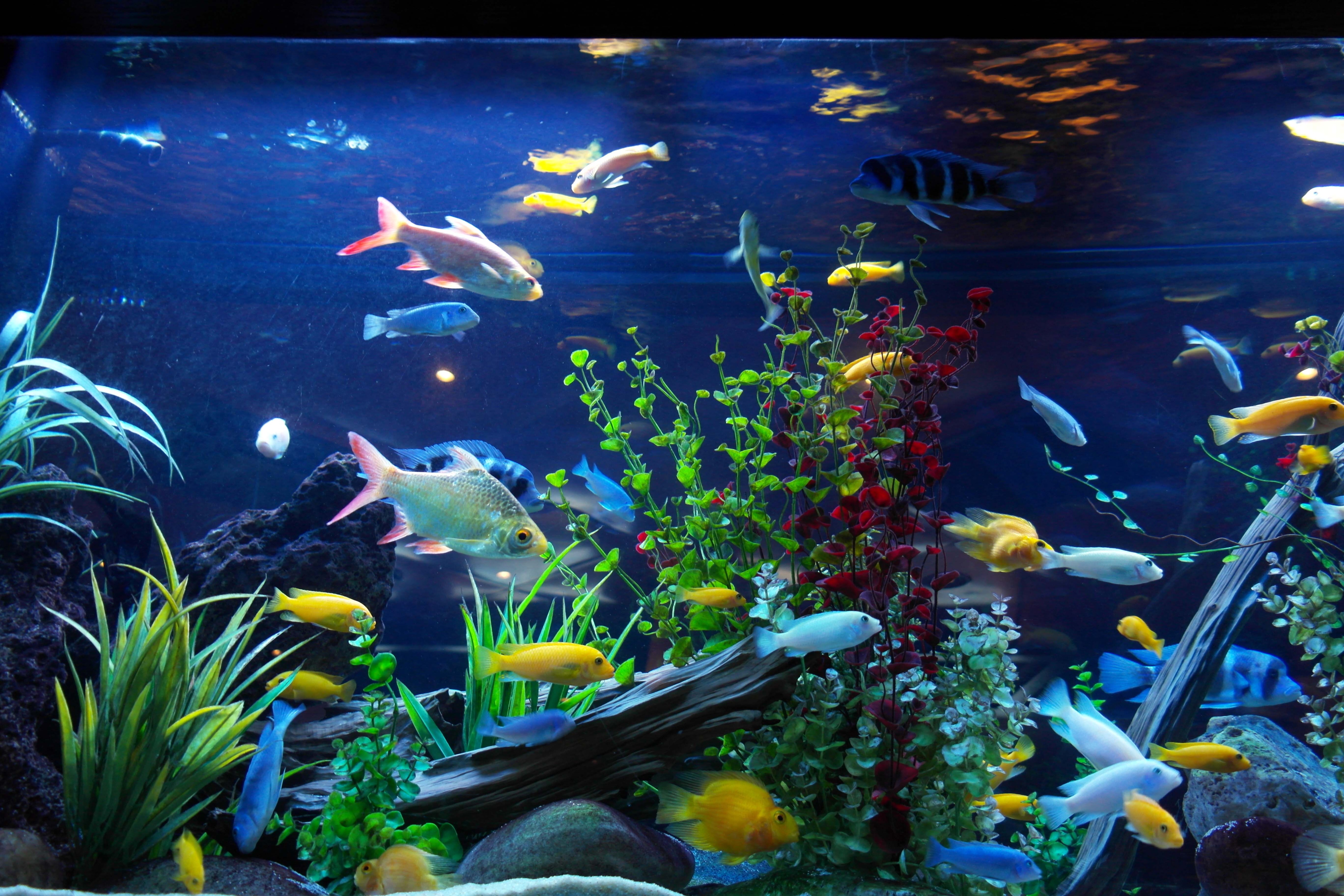Aquatics Industry Sees Growth Despite Industry Reports
Pet Age Staff //October 1, 2013//
Is there growth in the aquatic category?
The answer is yes.
I’ve been involved in the aquatic field since the ‘70s and although this pet industry category is no longer the driving force it was back before computer toys and electronic gadgets diluted the pastime of tropical fish keeping, I am heartened by the steady growth our organization is seeing in the aquatic specialty stores across the country.
While the industry surveys tell us the aquatic category is in decline, that’s not what we’re seeing at the independent aquatic specialty store. As part of our service to our vendors, Market Strategies calls on aquatic retailers nationwide and we’re consistently hearing from the store owners that they’re doing better than the year before.
We first began to notice the inequity between what industry surveys were saying verses what we were hearing from store owners as far back as 2009. Remember the economic panic we all experienced back then? The downturn in the economy hit the aquatic category too, but since then our indicators have shown nothing but increases. Since national industry surveys rely on input from their category-diverse database, we believe the outcome may devalue the aquatic category in favor of the much larger dog and cat food segment in general merchandise stores.
While pet retailers with small basic aquatic sections holding a few standard varieties of freshwater fish may have seen a decline, this is not indicative of the whole category. Consumers are getting smarter about spending and go where the variety and knowledge is available to spend their hobby dollars.
In my opinion, the independent aquatic retailers who have invested in, and are selling the latest technology, have seen their sales grow each year between 2010 and today. One of the important reasons for this is the average independent aquatic retailer stocks more than three times the amount of aquatic SKUs in their average 2500-square-foot store than the big chains do in their 10,000 plus square-foot locations.
Another indicator convincing me the aquatic category is on the rise is the aquatic vendors we represent have realized growth every year from 2008 to 2012. We’ve seen that if you produce a product the consumers want, there is no shortage in sales for that product. Aquatic retailers who understand their business aren’t afraid to invest in products they know will sell.
One more indicator has been the increased attendance at aquatic consumer shows. A great example of this is the local Denver Reef Stock Show which had 200 attendees their first year in 2008 and by 2013, attendance was well over 2000. Every year the MACNA and Reefapolooza aquatic consumer shows are well attended and the industry has taken note of this by offering new venues such as WPA’s “Aquatic Experience,” a major consumer show scheduled for Nov. 15-17, 2013 in Chicago.
If you doubt the potential of the Aquatic Category just look at the example of Philips Feed acquiring Royal Pet Supplies, a major aquatic distributor. Other large feed distributors are also looking into this growth opportunity that aquatics will add to their bottom line in the future.
Although the channel of distribution has changed for the livestock industry, the growth has still been quite positive. Existing fish wholesalers are expanding and specialty wholesalers are opening to meet the demand of the growing reef and live plant sectors.
Through our field surveys we have seen the general growth in aquatic livestock sales climb to over 10 percent a year since recovering from an all-time low back in 2008. That’s better growth than many stocks on Wall Street can offer and encourages investment in the category.
– RD Webster


















